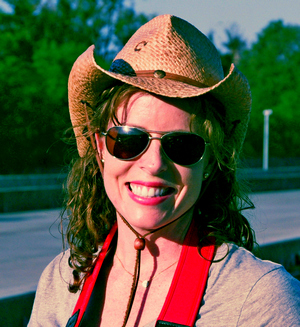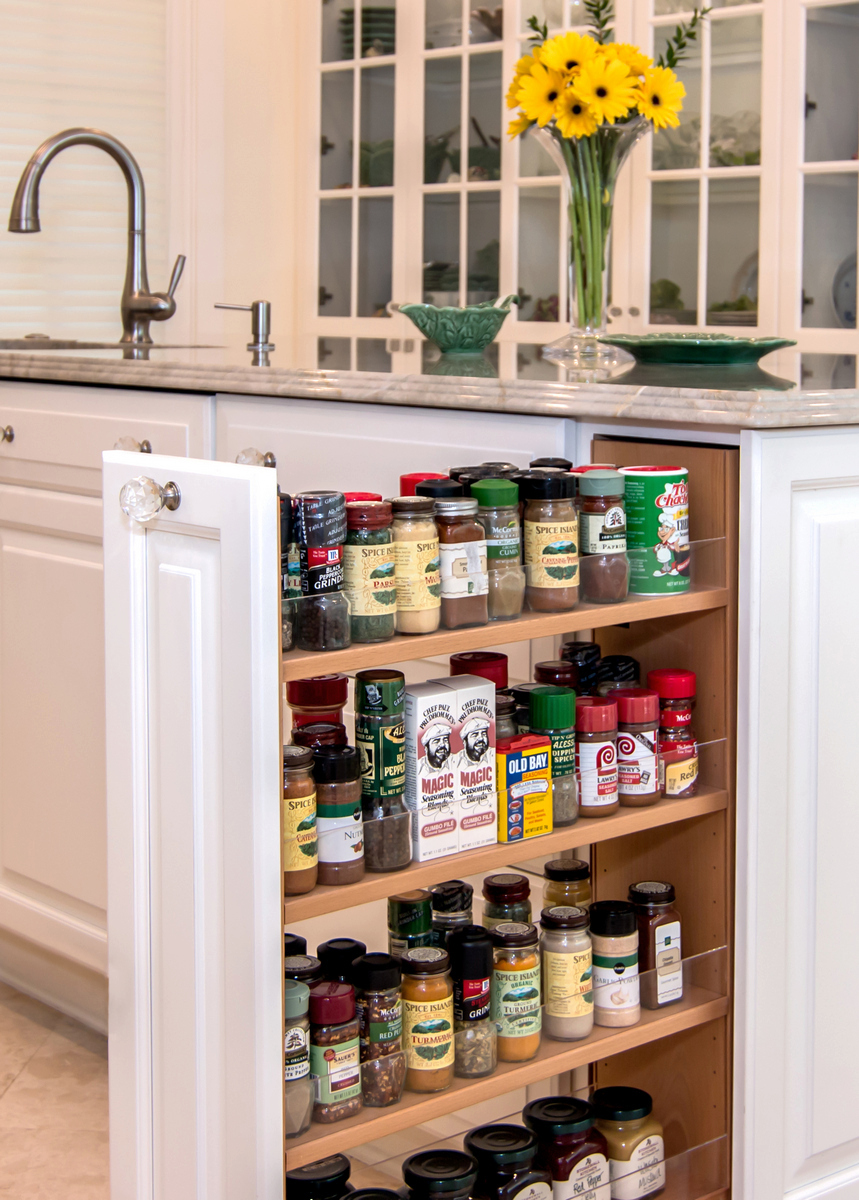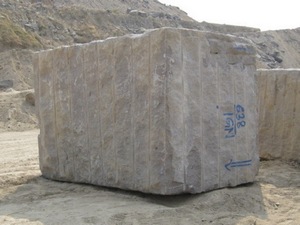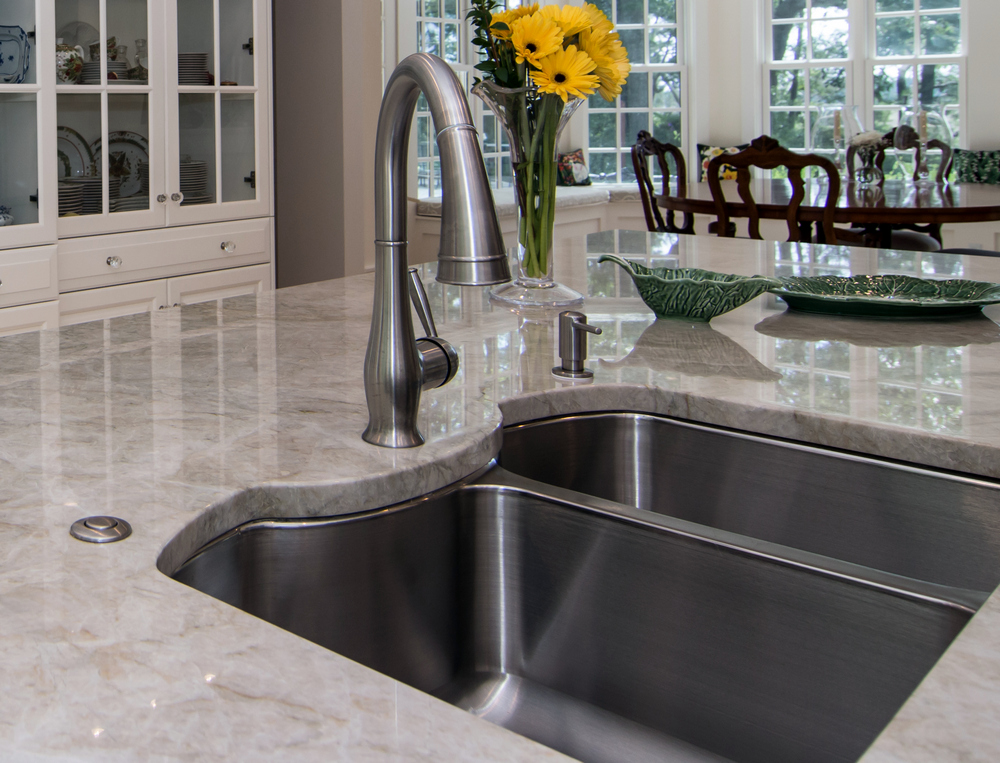15 Jan November 2019
Willis Sinclair Homes
“The Lowcountry’s Premier Custom Home Builder”

Willis & Debby are expecting their 8th child (Bill & Kandy’s 35 grandchild) in March!
24 Gabriel Road
Lodge, South Carolina 29082
May you have a very
Happy Thanksgiving!

843 599 9056
November 2019
Number 69
 From the desk
From the desk
of Abbey …
If you own property on Brays Island you must love the South – I know I do! One of the things you have to be aware of in this paradise is our almost, year-round humidity! This past summer we encountered several problems caused by high humidity that in turn led to an environment perfect for mold/mildew. Around fireplaces, on high or vaulted ceilings and around bathroom exhaust vents was where most of the problems showed up. Some of the causes were obvious and quick to fix while others were more of a challenge and will still require close monitoring to make sure we have fixed the real issue.
Here are a couple of things that you might find helpful in preventing this problem next summer!
-
Periodically run your exhaust fans to help remove any humidity that will inevitably rise to the highest point in the room.
-
Check your exhaust vent flappers outside to make sure they have not lost any flappers. The sun can break down the plastic quickly here so they may need to be replaced as often as every couple of years.
-
Depending on where your exhaust ducts are – under your house or through your attic – there is a possibility that they may have become disconnected or torn which would then allow the attic or crawl space air to enter the duct work.
-
I recommend keeping your thermostats set between 75-78 degrees, depending on the age and build of your house. For instance, newer, better insulated homes will hold a temperature of 78 degrees for longer periods of time so it would be better to choose 75 degrees to ensure the air handler will run often enough to remove any humidity. Older homes are not as well sealed and the air handlers will run frequently enough at 78 degrees to remove moisture.
-
Leave fans in high ceilings running to keep air circulating so that it can all be cooled and conditioned.
These few tips might not cure a serious problem but hopefully they can prevent minor issues for you!
Thanksgiving is coming right up and it is my favorite holiday! I hope we will all be surrounded by those we love and delicious food! My mom recently shared a quote that I thought was perfect for this time of year.
Let our lives be full of both
Thanks
and
Giving!
Cabinets
A kitchen is often the most expensive room in a home and it is often the setting for conversations. For those reasons, you want to get your kitchen right.
Obviously, you need appliances, but you also need cabinets. With appliances your choices are rather limited: range, microwave, refrigerator, dishwasher, maybe disposal, maybe freezer and maybe hot water dispenser. That is a number of things to choose, but compared to the other key element, cabinets, it is simple.

Pull out spice racks are available.
The choices for cabinets is almost endless. There are three basic types of cabinets by size. Base cabinets sit on the floor. They are typically 36” tall (to the top of the counter top) and 24” deep. The lengths typically start at 12” and increase in 3” increments.
Types of base cabinets include cabinets with doors, doors with a drawer at the top, drawer banks and even lazy Susan corner cabinets. You can have cabinets with pull out shelves to make reaching items easier. Pull out trash can holders are also available. If you want a work area, you can even get a cabinet with a knee hole in it. Pretty much, if you can imagine it, you can get a cabinet. Decorative end panels (they look like doors) are available.
Wall cabinets mount (obviously) on the wall above the base cabinet. Typically, they are 12” deep and mounted about 18” above the counter top. Widths again start about 12” and increase by 3” increments. The height of wall cabinets varies. You may want the wall cabinets to reach the ceiling or put two rows – one over the other – of wall cabinets that reach the ceiling. You may want a soffit (built down area at the ceiling roughly the size of the wall cabinet) in your kitchen. The wall cabinets can be trimmed with crown molding and end panels
Sometimes, you may want a deeper and shorter wall cabinet, for example over a refrigerator. Those are available also.
Pantry cabinets are tall cabinets that are typically 24” deep. They usually have drawers and shelves rather than just drawers.
Once you pretty much settle on the type of cabinets you want, then the choices explode. What color do you want? What molding shape? What style of door and drawer? Do you want accents or not? What style hardware do you want? You can even get stainless steel cabinets (usually for outdoor kitchens).
Probably, it would be good to get a good (GOOD) cabinet designer involved. It is definitely a bad idea to have a not-so-good designer. Cabinets are expensive and make the kitchen. A poor design is also expensive and will disappoint you. Trust me on this. A good designer will create an amazing kitchen for you.
Counter tops
Once the cabinets are settled, you will need to also consider what sort of tops you want on them. Again, there are many choices here in materials, colors, textures, edges and splashes.
Typically, a counter top is about 1¼” thick. You can have a back splash (a short – typically 4” – piece of counter top material) perpendicular to the top where the top touches a wall. The splash is sealed to the top, so spills don’t touch the wall.
You can also have splashes made of tile or other materials. We have installed splashes made of stainless steel, wood, brick and tile behind ranges. One splash even has an inset fossil of an ancient fish.
Some counter tops are being designed with aprons (basically a splash in the front going down over the cabinet for several inches).
As far as materials go, solid surfaces (Corian is the trade name of a popular solid surface) are popular for utility rooms, laundry rooms and even some kitchens. Solid surface materials are available in many different patterns, colors and even shapes. One advantage of solid surfaces is they are a bit forgiving if you drop a glass on them.

A block of granite at the quarry is about 5′ tall.
Granite counter tops are very popular. It is a natural stone that typically comes from Brazil. It is cut in huge blocks usually with explosives. Then it is sawn into slabs – a long process that takes about an hour per foot. Natural stones include marble and others.
American granite is relatively homogeneous so it is not often used for counter tops where patterns are usually selected.

This beautiful sink cutout follows the sink contour.
In addition to solid surfaces and natural stone, there are many other types from which to choose: composites (such as Caesarstone or Cambria), poured concrete, epoxy with shell or glass embedded (made a few miles from us in Yemmasse, SC), wood butcher block or other materials. What is your favorite material?
If you need help deciding on new cabinets and/or counter tops, call us. We can help. No obligation or charge, naturally.
Willis Sinclair Homes
The Lowcountry’s Professional Builder!
 Call Us
Call Us
Willis: 843 599 9056
Abbey: 843 599 2302
Bill: 843 846 2500





No Comments